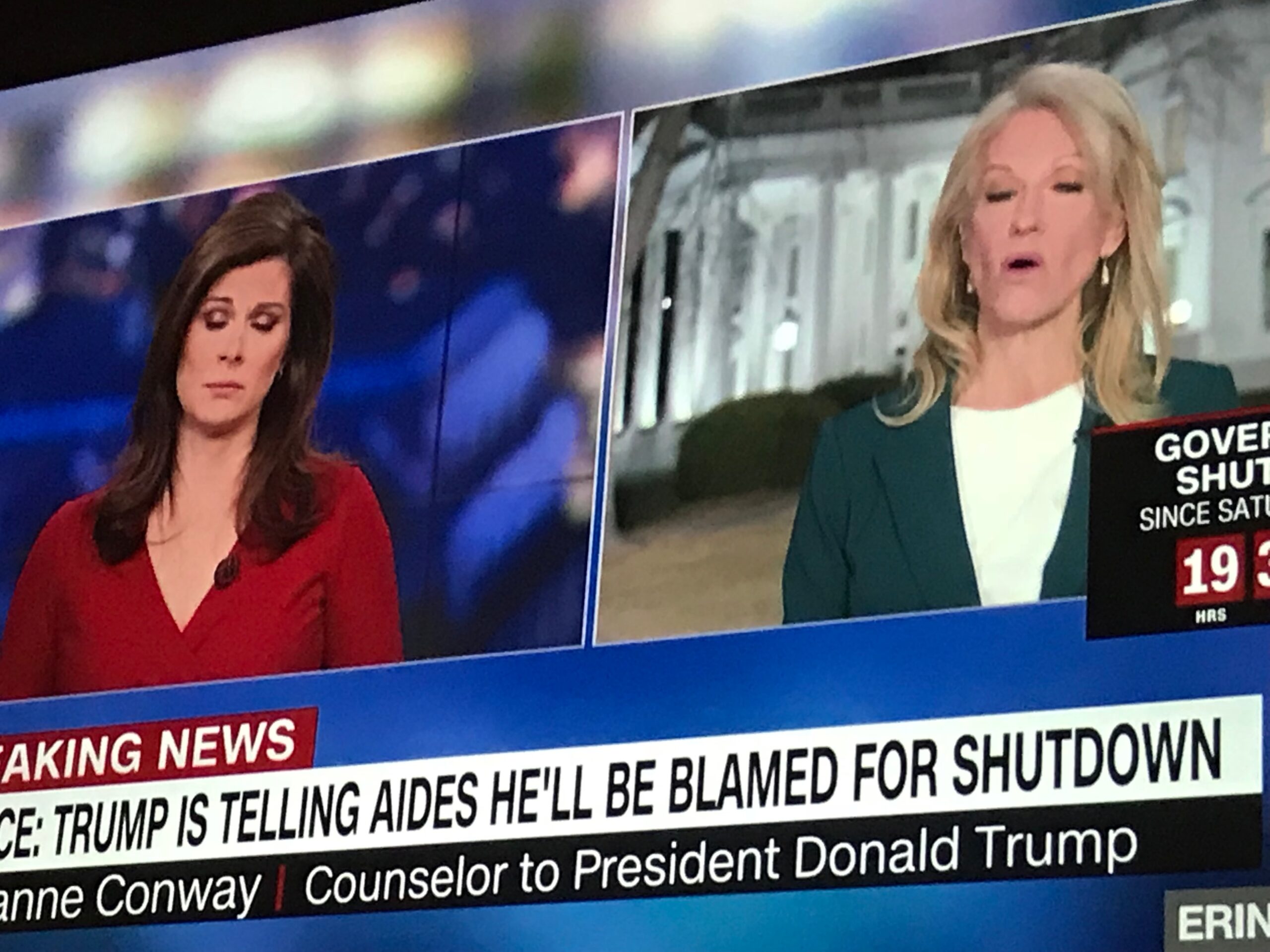In today’s media world, news moves faster than ever, but sometimes it feels like we’re racing past the most important part: context. Headlines fly by, but rarely do they stop to explain the bigger picture or remind us of the lessons from history. It’s almost as if the media forgot that a little background knowledge can go a long way in making sense of what’s happening right now.
American news media, in its frantic pursuit to be the first to break a story, the loudest voice in the room, and the most clickable, has quietly abandoned a key responsibility: education. Not the kind of education you’d find in a classroom, but the kind that connects the dots and offers context. Instead of teaching viewers about the historical significance of an event or placing it in the right framework, the media often presents the news as though it has fallen from the sky, completely detached from the past and its lessons.
Take, for example, the periodic pearl-clutching over political division. Every few months, some well-meaning anchor will solemnly declare that “America has never been this divided.” Really? Never? Not even during, say, the Civil War? Reconstruction? The 1960s? The McCarthy era? Anyone? The truth is, America has been here before—many, many times. But in the media’s obsession with soundbites and scandal, history gets left at the door like an unwanted party guest.
This historical illiteracy isn’t just embarrassing; it’s dangerous. When newsrooms fail to provide context, they leave the public vulnerable to misinformation, manipulation, and the comforting but misleading idea that today’s crises are wholly unprecedented. And if something is perceived as unprecedented, there’s no roadmap for how to deal with it—only reaction, fear, and often, the loudest voices filling the void with half-baked takes.
But wait, there’s more! Not only does American news media flub history, but it also does an impressive job of downplaying its own role in public education. Let’s be real—most Americans aren’t rushing to read declassified documents or dusty academic journals in their free time. For many, the news is their primary (if not only) source of ongoing education about the world. And yet, instead of treating this responsibility with the gravity it deserves, much of mainstream media is engaged in a never-ending contest to see who can push out the hottest take the fastest, often sacrificing depth for drama.
This race for engagement has led to another phenomenon that’s hard to ignore: the great migration of audiences from the traditional media landscape to platforms and outlets that reinforce their existing beliefs. It’s no longer about finding the truth or understanding the full picture. Instead, many have sought out sources that confirm what they already think. Whether it’s a partisan news outlet or social media echo chambers, the pursuit of information that feels “right” (even when it’s wrong) has become the new norm. When you have an entire generation conditioned to seek confirmation over education, it’s easy to see why history and nuance have become casualties.
Gone are the days when the media aimed to challenge the viewer, to provide perspectives that forced them to reconsider their assumptions. Now, it’s about speaking directly to the audience’s predispositions, often at the expense of the broader, more complex truths that might disrupt their worldview. In the age of algorithm-driven content, where outrage and affirmation rule the day, this is a dangerous trend. It’s no surprise that trust in media continues to plummet when audiences are consistently fed a diet of sensationalized stories and half-truths.
So what’s the solution? Should every journalist be required to moonlight as a history professor? Not quite. But at the very least, newsrooms could start prioritizing historical literacy in their reporting, offering context beyond the immediate “who, what, where.” Imagine a world where news segments actually connected today’s events to their historical roots, rather than reporting on them as if they’ve materialized out of nowhere like a magician’s trick.
A radical idea, sure. But in an age where misinformation spreads faster than facts, perhaps it’s time for the American media to do something truly shocking: educate.

Leave a Reply